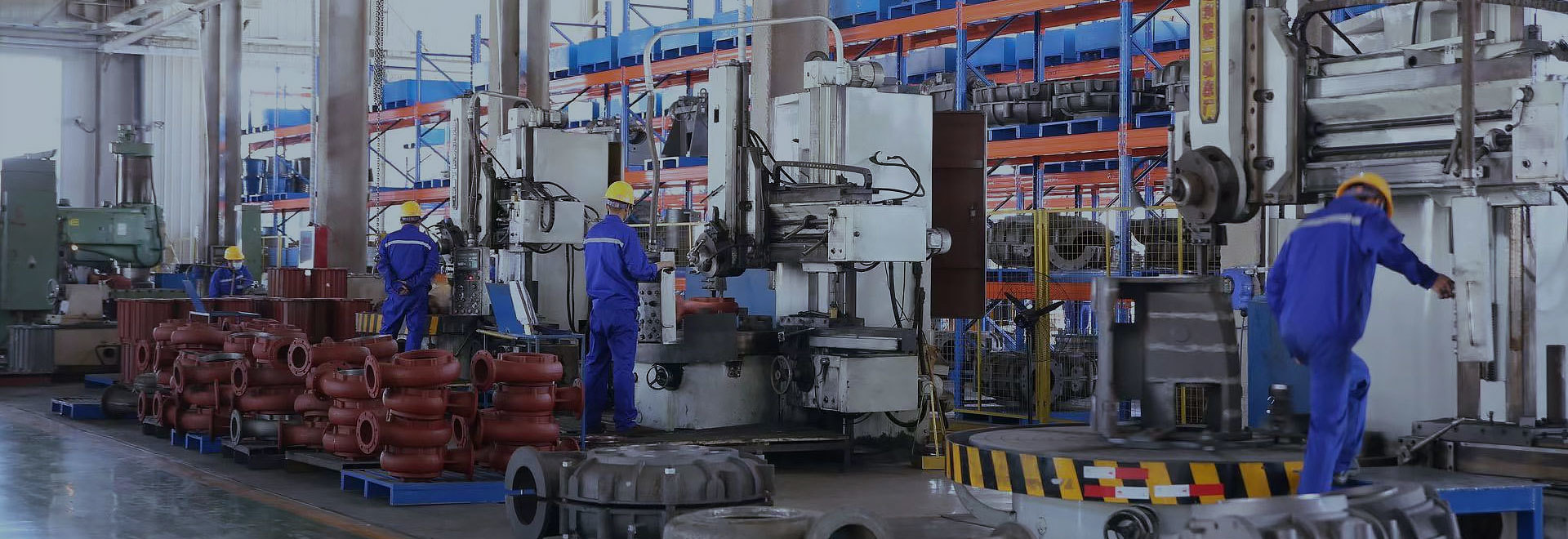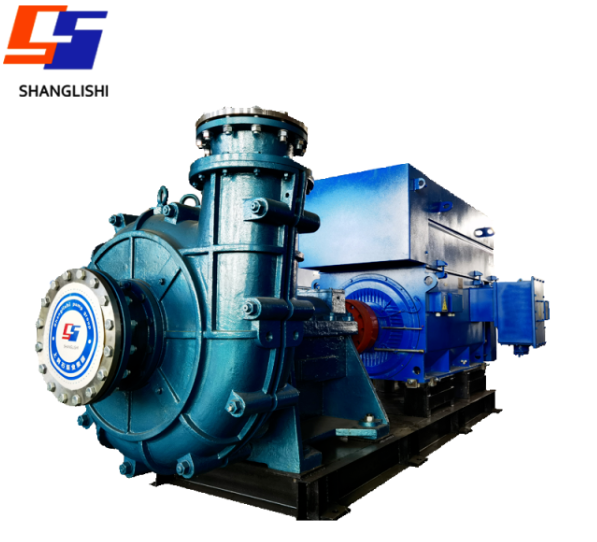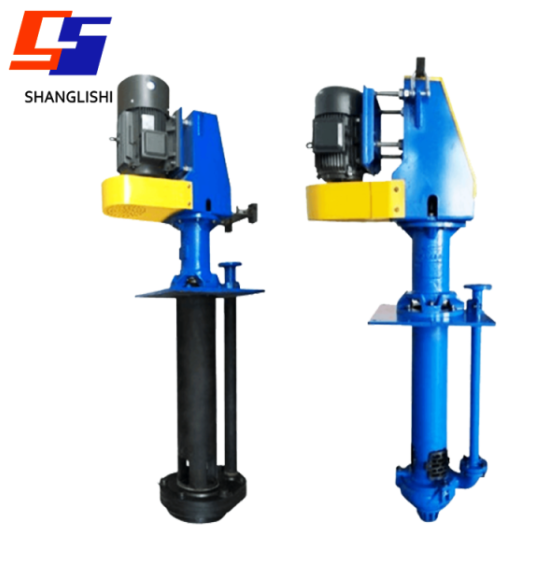Why the Slurry Pump Vibration And How To Prevent It?
Published:
Nov 14,2024
Slurry pump vibration is a common issue in industrial applications, often caused by the challenging nature of slurry handling. Excessive vibration can lead to wear, damage, and even failure of the pump over time.

Slurry pump vibration is a common issue in industrial applications, often caused by the challenging nature of slurry handling. Excessive vibration can lead to wear, damage, and even failure of the pump over time. Identifying the causes of vibration and taking preventive measures is key to prolonging pump life and maintaining efficient operation. Here’s an overview of the common causes and effective prevention strategies.
Common Causes of Slurry Pump Vibration
1. Improper Alignment
- Cause: Misalignment between the motor and pump shaft can result in uneven stress on the pump, leading to vibration.
- Solution: Regular alignment checks using a laser alignment tool or dial indicator help ensure that the motor and pump shafts are properly aligned.
2. Imbalanced Impeller
- Cause: Over time, the impeller may wear unevenly due to handling abrasive slurries, causing an imbalance. Impeller imbalance can lead to centrifugal force imbalances, causing vibration.
- Solution: Inspect the impeller for wear or damage, and replace it as needed. Balancing the impeller periodically is also recommended to maintain smooth operation.
3. Excessive Wear on Bearings and Shaft
- Cause: Bearings support the pump shaft and help maintain stability. When bearings or the shaft wear out due to high loads, they can cause the shaft to wobble, creating vibration.
- Solution: Regular bearing and shaft inspections can identify wear early. Replace worn bearings, and lubricate them properly to prevent friction-related damage.
4. Cavitation
- Cause: Cavitation occurs when vapor bubbles form in the pump due to pressure drops, often from poor suction conditions or high operating speeds. As these bubbles collapse, they create shock waves, causing vibrations that can damage the pump.
- Solution: Improve suction conditions by ensuring the pump is operating within the recommended range. Lowering the pump speed or adjusting the inlet pressure can help reduce cavitation risk.
5. Improper Pump Installation or Foundation Issues
- Cause: If the pump is not securely mounted or if the foundation is unstable, it can lead to structural vibrations. Slurry pumps handling dense, abrasive materials generate significant force, so a solid base is essential.
- Solution: Install the pump on a stable, vibration-absorbing foundation, and use properly fitted bolts and secure mounting brackets. Periodically check the foundation for signs of wear or looseness.
6. Inconsistent Slurry Flow or Blockage
- Cause: Sudden changes in slurry flow rate or blockages in the pump can lead to uneven forces on the impeller, causing vibrations. Large particles or foreign materials in the slurry may obstruct the flow.
- Solution: Use a strainer or screen to filter out large particles and prevent blockage. Monitor flow rates and inspect for obstructions to ensure consistent slurry flow.
7. Improper Pump Sizing and Operation
- Cause: Running the pump outside its optimal operating range, or at speeds higher than recommended, can generate excess vibration. Overworking a pump by forcing it to handle more flow or pressure than it’s designed for can lead to instability.
- Solution: Select a pump that matches the specific requirements of the slurry application in terms of flow rate, pressure, and particle size. Run the pump within its recommended range to avoid overloading.
Preventing Slurry Pump Vibration: Key Strategies
1. Routine Inspections and Maintenance
- Regular maintenance should include checking for wear on the impeller, bearings, and shaft; inspecting alignment; and lubricating moving parts. Early detection of wear or misalignment can prevent vibration-related issues.
2. Use Anti-Vibration Pads and Mountings
- Installing anti-vibration pads or mounts under the pump can absorb some of the vibrations, reducing stress on the foundation and surrounding structures. This can help stabilize the pump, especially in high-vibration environments.
3. Optimize Suction Conditions
- Design the suction line to avoid sharp bends, high velocities, and air pockets, all of which contribute to cavitation. Ensure the pump inlet is flooded, and maintain proper suction head to minimize pressure drops.
4. Control Flow Rate and Particle Size
- Adjust the flow rate and particle size to match the pump’s capacity. Installing screens or strainers can help prevent large particles from entering the pump, reducing the likelihood of blockages and uneven flow that may cause vibration.
5. Perform Vibration Monitoring
- Install vibration sensors to monitor pump performance in real time. This can help detect early signs of vibration or misalignment, allowing operators to take corrective action before serious issues arise. A common tool for vibration analysis is the accelerometer, which can record and analyze vibration patterns.
6. Implement Proper Startup and Shutdown Procedures
- Abrupt startups or shutdowns can create significant pressure changes and stress within the pump system. Follow the recommended startup and shutdown procedures, which generally involve gradually increasing and decreasing pump speeds to prevent sudden pressure surges.
7. Train Staff on Proper Pump Operation
- Educate operators on best practices for running the pump within its specified parameters. Awareness of common issues like cavitation, improper flow rates, or blockage helps operators adjust the pump settings and conditions, minimizing vibration.
Conclusion
By understanding the causes of slurry pump vibration and implementing preventive measures, operators can ensure more stable, efficient, and longer-lasting pump operation. Regular inspections, proper maintenance, and adherence to operating guidelines are essential to reducing vibration risks.
Searching for a Slurry Pump Manufacturer in China? Shanglishi Pump is Your Best Selection!
Keyword:
SHANGLISHI PUMP GROUP
Department Director: Ms. Wang
Tel: +86-311-82725800/82725629
Email: admin@sls-pump.com
WhatsApp: +86 15830676372
Mobile Website

Mobile Website
Copyright © 2022 SHANGLISHI PUMP GROUP





